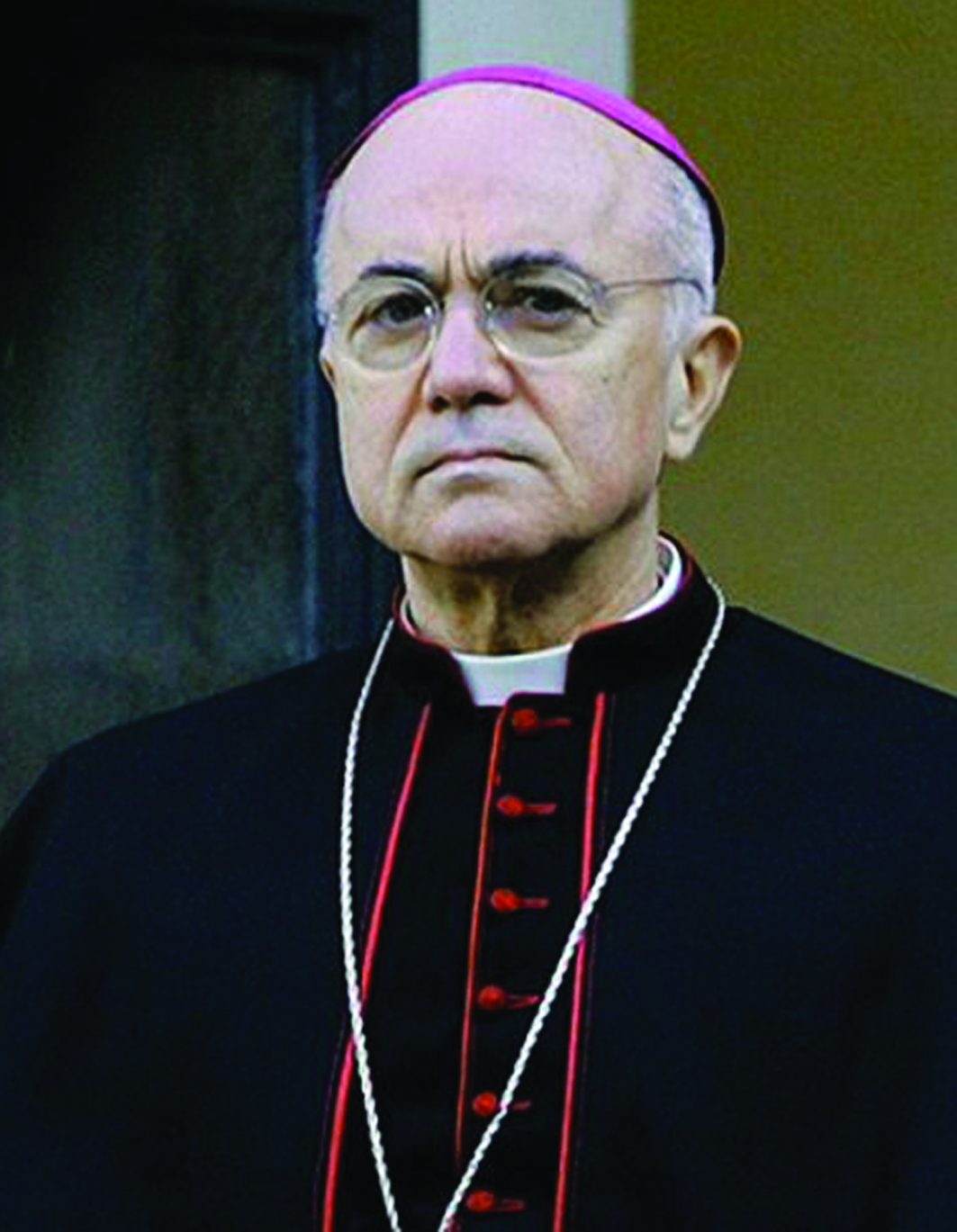Conon the Gardener
By Robert Wiesner
Sometimes Christians are a little bit prone to concentrate on the flashier aspects of our Faith. We take great delight in startling miracles or spectacular apparitions, much to the detriment of finding nuggets of wisdom hidden in apparently more mundane matters. Here, perhaps, the life and career of Conon, a humble gardener from (of all places!) Nazareth, might be of use as a corrective.
![]() He was not well known except to a few in his own locality. He was a simple fellow, lived simply and simply grew enough food for his own use — though he always found a bit extra for the poor. He was arrested in 251, accused only of being a Christian. Those sent to arrest him told him that the governor wished to see him. He answered (simply, of course) to the effect that the governor would have no use for him; he was a Christian and the governor should probably consort with those who thought like other Romans. When brought before the authorities, Conon freely confessed to Christianity, whereupon nails were driven through his feet and he was forced to run ahead of a carriage until it finally crushed him.
He was not well known except to a few in his own locality. He was a simple fellow, lived simply and simply grew enough food for his own use — though he always found a bit extra for the poor. He was arrested in 251, accused only of being a Christian. Those sent to arrest him told him that the governor wished to see him. He answered (simply, of course) to the effect that the governor would have no use for him; he was a Christian and the governor should probably consort with those who thought like other Romans. When brought before the authorities, Conon freely confessed to Christianity, whereupon nails were driven through his feet and he was forced to run ahead of a carriage until it finally crushed him.
Despite his simplicity, Conon was no doubt aware of certain realities which largely escape the average modern city-dweller. He would know, of course, that when Jesus told the tale of the fig tree planted in a vineyard, there were nuances worthy of attention; primarily, he would have known that a fig tree had no business growing in a vineyard. They require totally different types of soil. Grapes like a rather poor soil, a bit dry. Figs like a rich soil, kept rather damp.
So why did Jesus place a fig tree in a vineyard? For His agriculturally aware audience, Jesus used an image that would startle His hearers and force them to ask searching questions. Does the fig tree represent Israel? Is it the New Covenant? An individual? And what is the vineyard? Israel? The Gentile world? Why is it worthwhile to keep tending and fertilizing a tree which isn’t in the proper place to begin with? What manure can be added anyway which wouldn’t ruin the soil for the vines? Spiritually speaking, what is manure, for that matter? (Hint: is repented, confessed and amended sin anything but spiritual sewage?)
St. Paul offers another image that would capture the attention of olive growers. He speaks of grafting the wild olive onto the domestic olive tree. His hearers would immediately react “But that’s not how it’s done! We graft the domestic olive onto the wild root stock!” The image apparently is speaking of Israel and the Gentile world, but why would the process be reversed?
Wild olive trees bear no fruit, but have strong roots. Domestic olives tend to have a weaker constitution. So why graft a branch which will bear no fruit onto a tree which does not have a hardy root system? There is a great deal to ponder in the image which is lost to the average modern Christian.
And so it goes with parables and imagery. In the 21st century we have lost much of the connection to the earth that the original Christians would have maintained. We find the parables rather bland, and maybe we too easily assume that we understand. All too often our blasé attitude just might be preventing us from fully appreciating hidden riches within Scripture. However, with a little bit of research and cerebral effort, they can once more assume the same startling character which so captivated those hearing Jesus for the first time. Tales we think dead can live again!





Facebook Comments